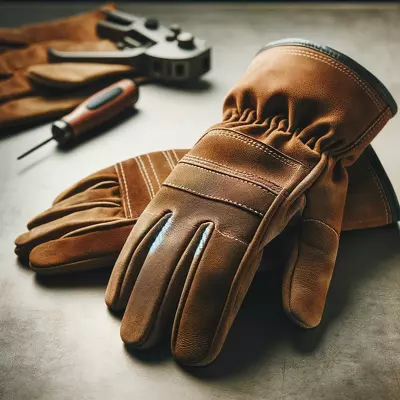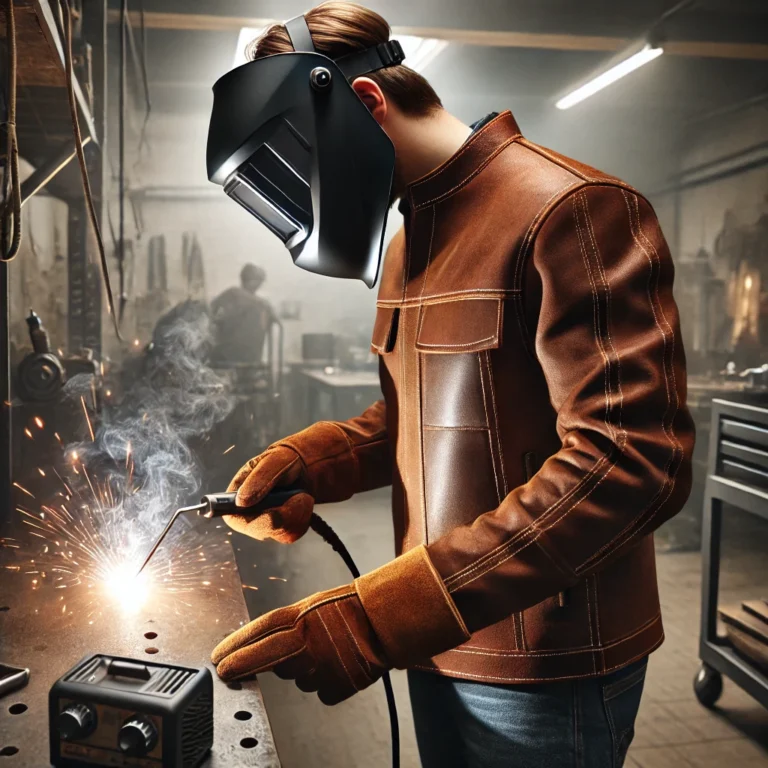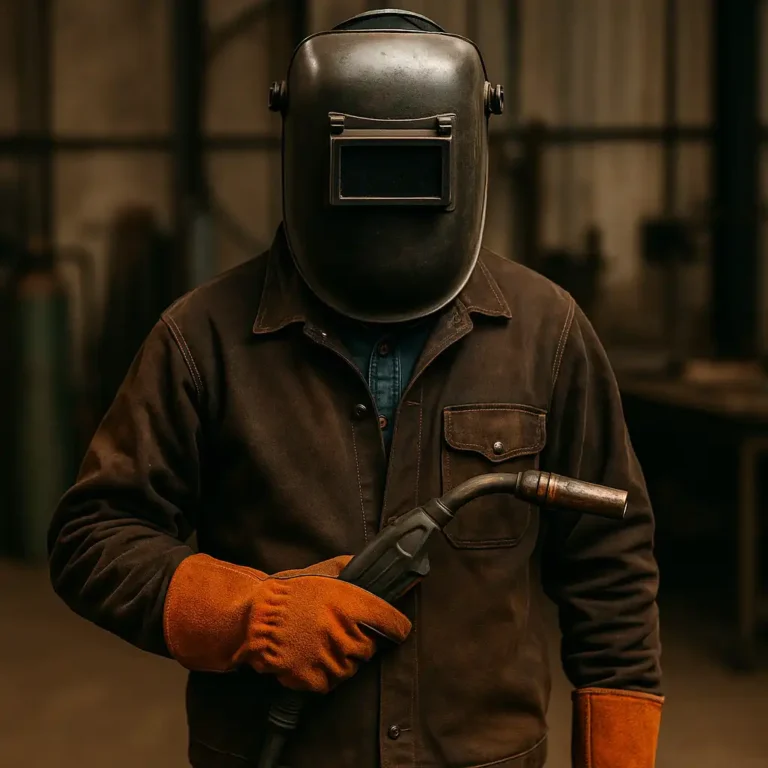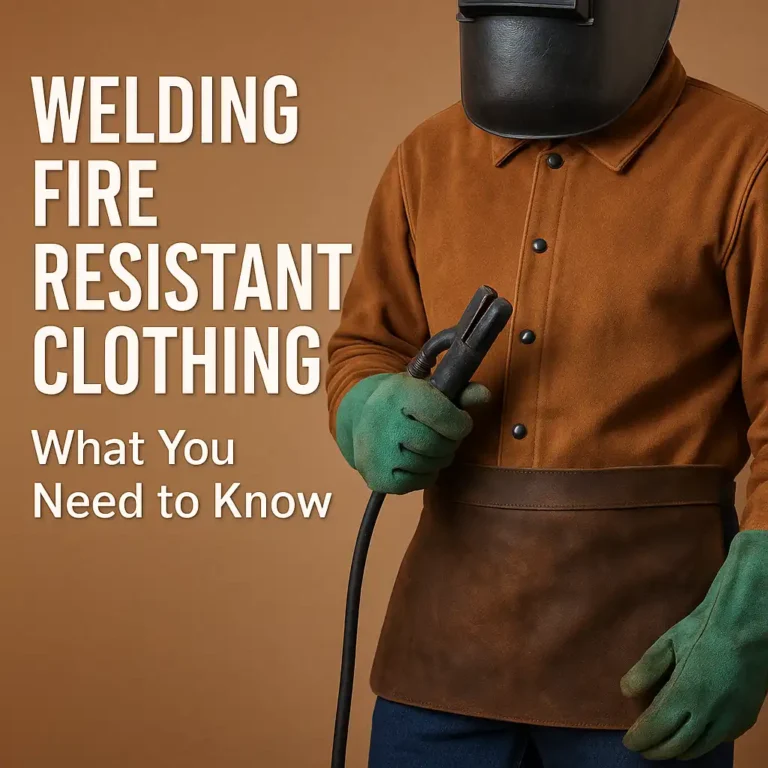Best Welding Gloves for Stick Welding: Grip, Grit, and Guaranteed Protection

Disclosure: This post contains affiliate links. As an Amazon Associate, I earn from qualifying purchases—at no extra cost to you.
Stick welding isn’t just about skill and a steady hand—it’s also about protection. Between the heat, sparks, and potential spatter, a good pair of gloves can mean the difference between a clean job and a burnt knuckle. If you’re diving into the world of SMAW (Shielded Metal Arc Welding), your gloves need to do more than look tough—they need to be tough. In this post, we break down the best welding gloves for stick welding and what makes them stand out in the fire.
Why Stick Welding Demands Specialized Gloves
Unlike TIG or even MIG welding, stick welding produces significant heat, more splatter, and heavy-duty demands on gear. The current used in stick welding is higher, and that means your gloves need:
- Thick insulation to shield against heat and UV radiation.
- The exterior is usually made of split cowhide or elkskin for impact and burn resistance.
- Extended cuffs for forearm protection.
- Reinforced stitching to prevent seams from giving out under heat stress.
Cheap gloves might seem like a bargain—until you’re yanking your hand away from a glowing rod and wondering why you can smell your fingertips.
John Tillman 850L Stick Welder Gloves Review
These gloves scream premium quality. Made of elkskin, they offer incredible flexibility while withstanding high heat. The cotton foam lining adds a comfort layer, making extended welding sessions bearable. Reinforced with Kevlar stitching, they can take a beating without unraveling. They’re ideal for pros who demand both comfort and durability.
Revco Premium Grain Elkskin Gloves Review
Revco doesn’t mess around when it comes to safety. These gloves are designed for serious welders who deal with high-amperage work. The Nomex backing ensures fire resistance while allowing a snug fit. They offer excellent forearm coverage and a secure grip, which makes rod handling and electrode changes easier and safer.
MILZAR Leather Stick Welding Gloves Review
Don’t let the multipurpose label fool you—these gloves are stick-welding ready. Their Kevlar stitching and heat-resistant leather design give solid protection. Great for home welders and DIY warriors, they double up for BBQs or fireplace work, which tells you just how durable they are. Budget-friendly but surprisingly tough, they’re a fantastic entry-level pick.
What to Look for When Choosing Stick Welding Gloves
When shopping for stick welding gloves, look beyond the brand name. Focus on:
- Material: Elkskin is softer and more pliable but highly heat-resistant. Cowhide offers rugged protection but can be stiffer.
- Lining: Foam-lined or fleece interiors help with comfort during long jobs.
- Length: Stick welding demands forearm protection—aim for gloves with 14” cuffs or longer.
- Fit: Gloves should feel snug without compromising movement. Oversized gloves can be a hazard.
Final Thoughts: Comfort and Safety Go Hand-in-Hand
The best welding gloves for stick work combine durability with usability. Whether you’re tackling heavy-duty pipe welding or just learning on a home setup, quality gloves keep you protected, reduce fatigue, and help you focus on what really matters: laying down strong, clean beads. It’s worth spending a bit more now to avoid melted gloves—and fingers—later.






